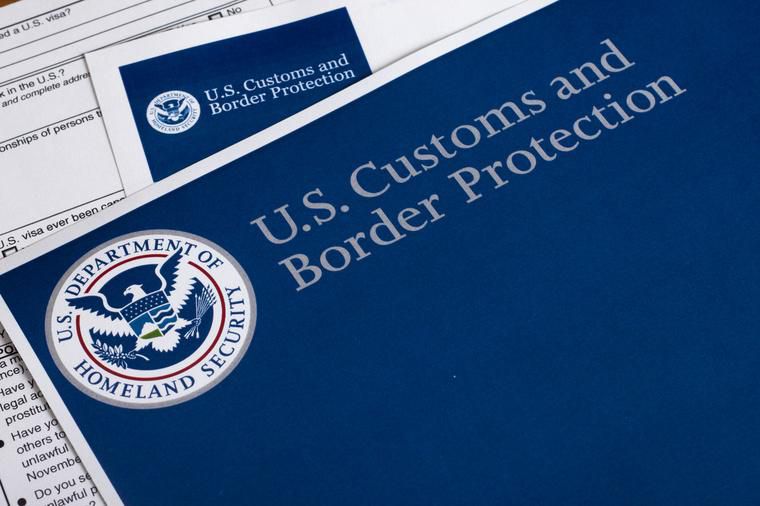[ad_1]
O

US Customs and Border Protection form to fill out
On March 1st, 2021, a U.S. court ruling called into question the viability of “first sale” for goods imported from China and Vietnam. This ruling, if not reversed on appeal, could increase duty imposed on goods coming from the two countries by 10 to 15 percent. That could be a major negative factor for apparel and footwear importers. They have an estimated annual value of “first sale” products of more than $5 Billion.
What is a “first sale”? “First sale” enables importers to reduce dutiable value of their products by using the “first sale” price as the one on which duties are assessed upon entry into the United States. It is as if the goods came directly from the manufacturer, rather than the “second sale” price that includes the markup by the middleman. In other words, if the duty for a particular product is 15 percent, and you import $8 Million of the product, import taxes of $1.2 Million would be charged under the “first sale” rule, but $1.5 Million would be charged if the “second sale” rule is applied.
Both apparel and textile companies try to avoid trade uncertainties, and they use “first sale” as an option to manage expenses. Nicole Bivens Collinson, president, International Trade and Government Relations at Sandler Travis and Rosenberg, P.A., suggests that companies can save 12 to 20 percent of owed duties. She says that every first sale program is tailored to meet the needs of the importer.
The March 1st court ruling is now on appeal. The U.S. Court of International Trade (CIT) decision in Meyer Corp. vs. United States imperils the use of “first sale” and would increase customs duty on many products. It is obvious that importers want to mitigate the risk of additional duties. It may be necessary to avoid the use of a middle man. As it stands today, the process has three key steps. The transactions are initiated in a factory in China, a middleman who may be in Hong Kong or Japan steps in, and a U.S. importer ultimately takes possession of the goods. One might have to try to eliminate the middle man.
A ruling on the “first sale” policy has significant implications for goods coming from countries classified as ‘a non-market economy’. In a non-market economy (an official title conferred on China and Vietnam under U. S. law), non-market influences could result in an artificial depression of prices for any number of reasons. For instance, the production of cotton is subsidized, or factories take a government payment to employ certain workers and/or because polyester manufacturers don’t have to pay market rates for rent or utilities. A 1992 court ruling held that the manufacturers’ price constituted a viable transaction value when the goods are clearly destined for export to the United States.
So far, the “first sale” policy has not been abolished, and the custom value statute has not been changed. If a sale for export to the United States meets all requirements, it should be an acceptable customs value according to John Foote, a partner of Kelley Drye & Warren LLP. However, he suggests that importers reevaluate their “first sale” programs. He says that “first sale” programs need active maintenance and consistent self-auditing.
My concern is that this could be an initiative that will create higher prices and a greater threat for inflationary pressures. Sourcing From China May Become Tougher Than Ever
[ad_2]
